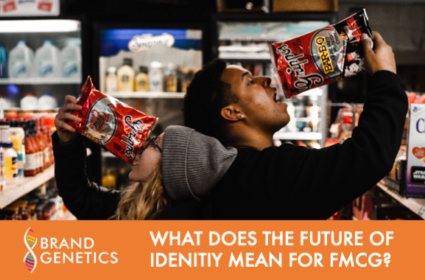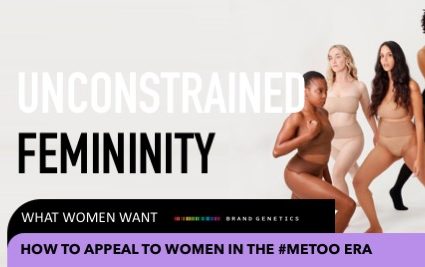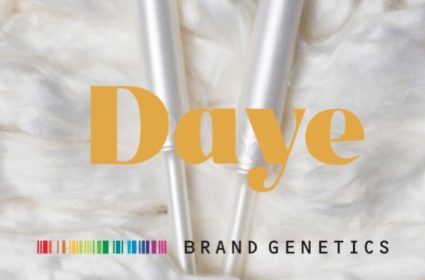How to Appeal To Women: an interview with Dr. Meredith Jones

This article is part of our series on The Future of Femininity. You can view the full series or download the report.
Download ReportDr. Meredith Jones is a reader in Gender and Media Studies at Brunel University. She has spent the past fifteen years exploring our relationship to cosmetic surgeries and the purchase of femininity. As part of our latest insight report, she shared her thoughts with us on the future of femininity.
Q: What is femininity & what do we need to know about it?
Femininity varies across cultures which is to say that what it means to present as female is different in different places around the world. For example, in the west, large breasts are a distinct sign of femininity but in South East Asia are not considered feminine. In South Korea for example, there is a construction of what is considered the feminine face which involves cutting down bone to reduce the lower half of the face.
Important to note though, is that universally, like many of the identity categories humans use to understand themselves, femininity is defined in terms of what it is not and this means it is set apart in gendered binary terms from masculinity.
Q: How is our understanding of femininity changing and how is it currently playing out in The West?
Femininity is becoming increasingly divergent. On the one hand, we see an increasing rejection of traditionally feminine characteristics in popular culture, with many women adopting more traditionally masculine traits. We can see this by comparing the aesthetic and embodiment of Margaret Thatcher and Theresa May. In the 1980s, Thatcher was very careful to demonstrate her femininity, she was never without her handbag and always wore skirts. However, today Prime Minister Theresa May presents in a more gender-neutral way, often wearing trousers and characterising more masculine attributes.
On the other hand, we are seeing an extreme, “uber” version of femininity emerging, one neatly embodied by the Kardashian sisters, which is largely characterised by the purchase of feminine beauty. It is getting more glamorous and more expensive to be perceived as such.
Today, grooming is deemed beautiful, we are seeing the traditional signs of feminine beauty being exaggerated or enhanced for example fake long eyelashes, personal training and exercise regimes to achieve a slim body, implants for big breasts and lip fillers for big lips. We see this playing out in the transgender space too. Caitlin Jenner arguably does femininity better than anyone else. Thus, the biggest shift we are seeing at present is whether androgynous or hyper, femininity can be purchased.
Q: What are the shifts driving this change?
The Kardashians have had an enormous influence on the way in which we understand femininity, particularly the feminine look and the purchase of beauty. Likewise, the rise of social media – a largely visual media, has made us privilege image above anything else such as body movements or behaviours, so the feminine look has become more important than ever. Interestingly the #MeToo movement has challenged the traditionally feminine trait of keeping quiet. In a #MeToo era being feminine means to use your voice, speak out and empower yourself.
Q: Finally, what will the future of femininity look it?
I think we are going to continue as we currently are, and increasingly define femininity by youth. Face creams and surgeries mean people faces won’t get as visibly old, and so we are going to see the rise of agelessness. Even today, 50-year-old women don’t look their age.
In a similar vein, with advances in healthcare and increasing interest in health & wellbeing, I think we will see more versions of femininity which celebrate physical strength. I hope in the future there will be more of a focus on the individual – less connection to appearance – with people having more freedom to play around with what femininity means to them.




